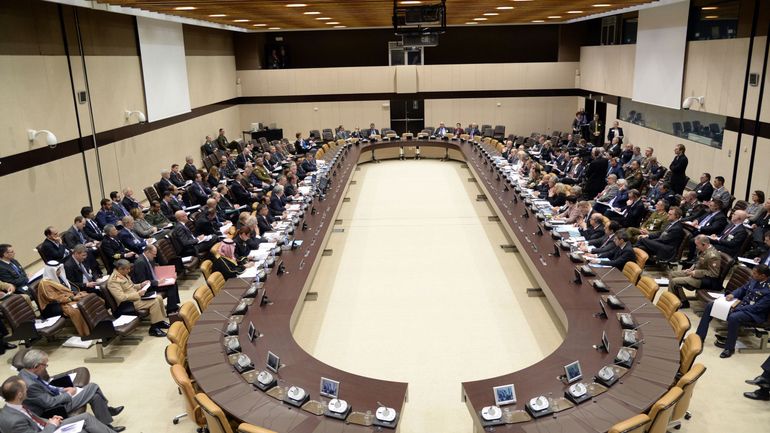Next month sees the inauguration of the country's largest-ever courtroom, specially created within the former headquarters of NATO on the outskirts of Brussels.
The North Atlantic Treaty Organisation (NATO) moved two years ago to its new HQ, just across the road from the old, on the site of a former Belgian defence base.
The old HQ was lying empty, but is now being pressed into service as the venue for the trial of those accused of being involved in the plot that led to the bomb attacks in March 2016 at Brussels Airport and the Brussels metro.
A Brussels court will rule next month on who will go to trial and on what charges, and while exact numbers are still uncertain, what is known for sure is that the trial will be the biggest Belgium has ever seen.
The number of civil parties alone – who have the right to attend the trial – is more than 900. Added to that, with Brussels housing the second-largest press corps in the world after Washington, the world’s media is sure to be in attendance.
Those taking part were certainly never going to be accommodated in the Justice Palace, particularly in the run-down state in which that landmark currently stands. So the justice ministry has taken over the Nato site for the purposes of the terrorism trial, as well as whatever future mass trials may come.
"If we had held those large trials in the Justice Palace, it would have required adjustments. And those trials risked paralysing the entire Palace of Justice while they lasted,” Wenke Roggen of the federal public prosecutor's office told the VRT. “So this is really a relief for the Palace of Justice.”
The complex, named Justitia after the Roman goddess, has another advantage derived from its former status: it is very secure: an open perimeter surrounded by fencing, every inch covered by security cameras, with one single entrance that can be easily guarded.
The central feature of the new complex will be the courtroom itself, in what used to be the main meeting room for representatives of the 30 member states and their entourages.
In the first phase, the main courtroom will be constructed, as well as three other smaller courtrooms linked to each other.
Later, a new round of refurbishments will begin, including another eight rooms where civil parties can be accommodated. Those rooms will have two-way video and audio connections to the main court, so that the civil parties can follow the trial, and also intervene themselves when called on.
The renovation work is a mammoth task, but the contractors, under huge pressure from a system that can allow no delays, have pledged they will finish in time.
“I have been assured that it is possible and that it will work,” Roggen said. “They are doing everything possible. So I am confident.”
Alan Hope
The Brussels Times

